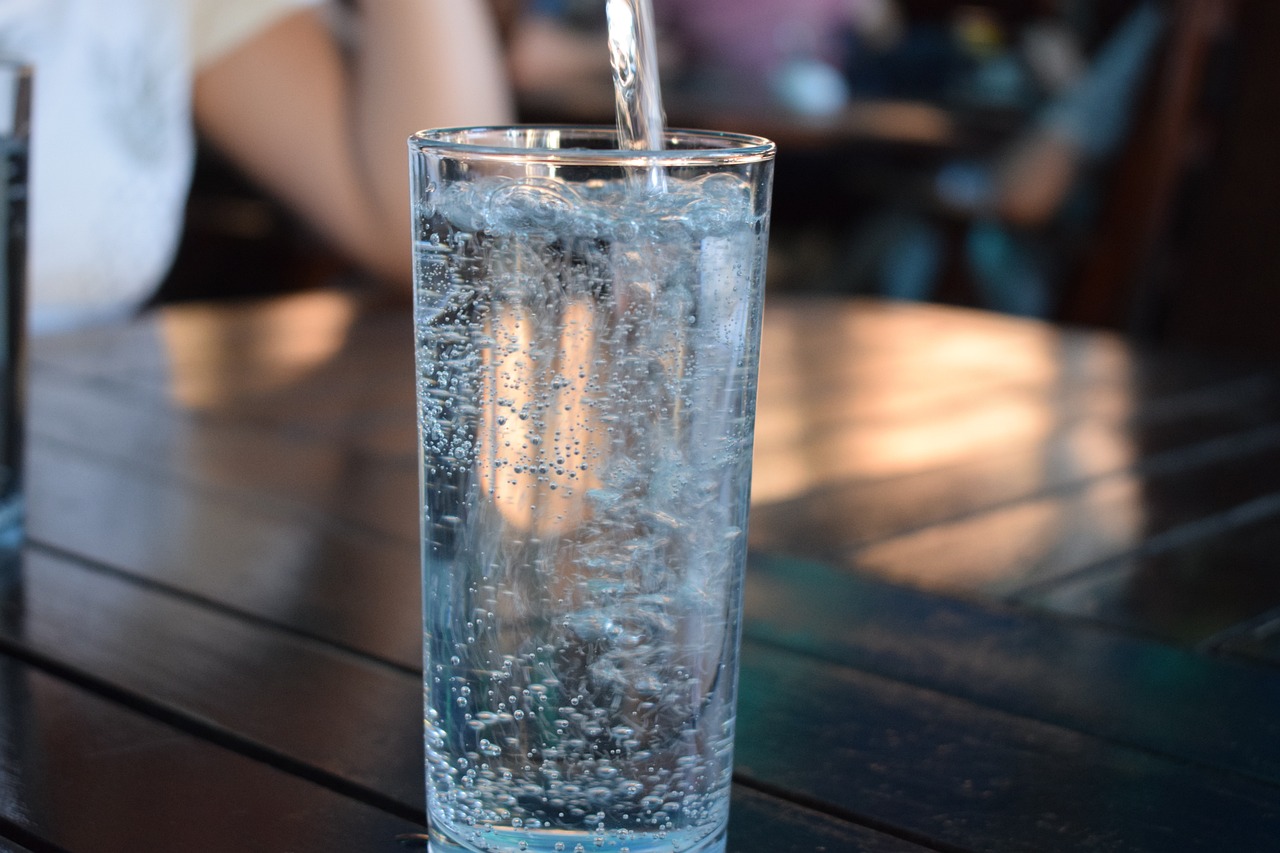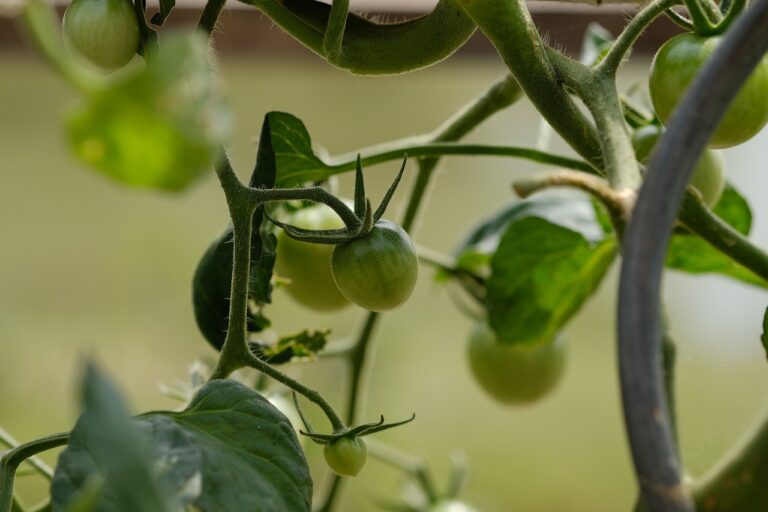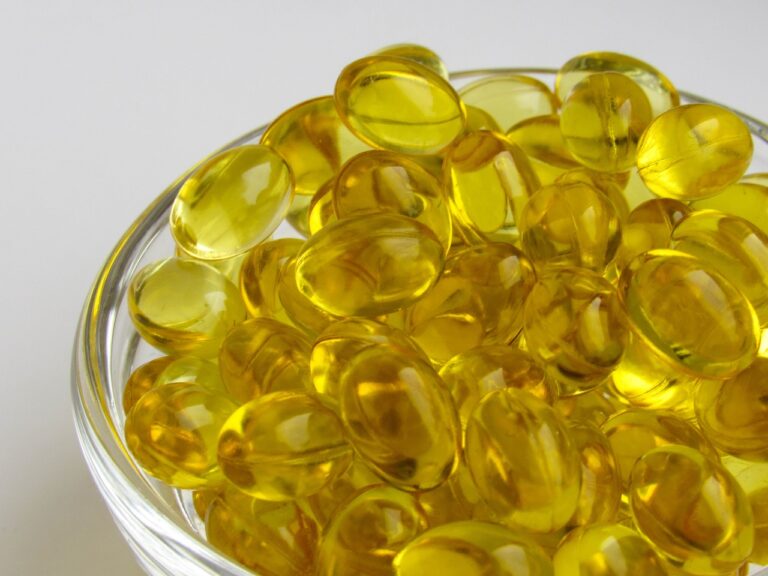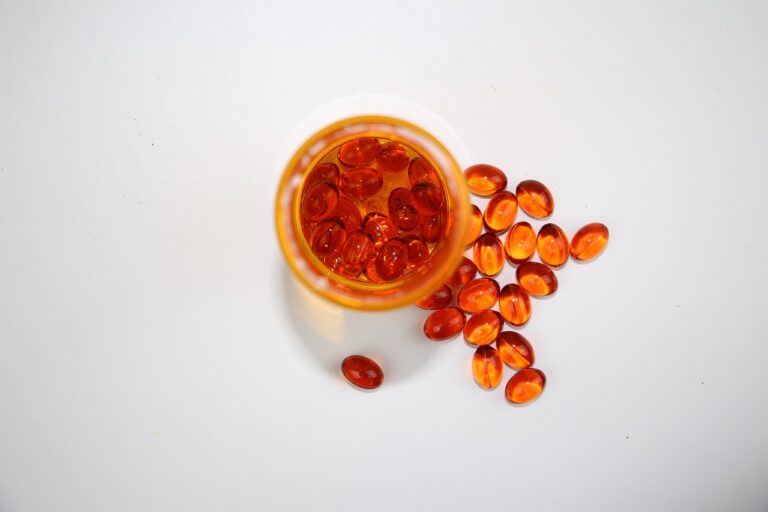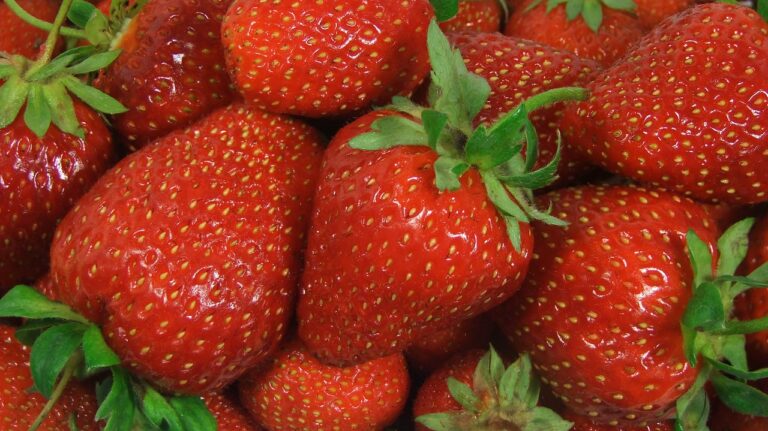The Impact of Climate Change on Malaria Transmission
Malaria transmission is greatly influenced by various factors that impact the prevalence and spread of the disease. One of the key elements that play a significant role in malaria transmission is environmental conditions such as temperature and humidity. These factors affect the survival and reproduction rates of mosquitoes, which are the carriers of the malaria parasite.
Additionally, the availability of suitable breeding sites for mosquitoes is crucial for the propagation of the disease. Stagnant water bodies, such as ponds, puddles, and water containers, serve as ideal breeding habitats for mosquitoes. Factors that promote the formation of these breeding sites, such as poor sanitation practices and inadequate waste management, contribute to the increased risk of malaria transmission in affected areas.
Changes in temperature and precipitation patterns
Temperature and precipitation patterns play a crucial role in shaping the environment for mosquito breeding and the spread of malaria. As temperatures rise due to climate change, mosquitoes can thrive in more regions than before, as warmer temperatures accelerate their reproductive cycles. Additionally, altered precipitation patterns can create stagnant water pools, ideal breeding grounds for mosquitoes.
Furthermore, changes in temperature and precipitation can affect the survival rates of mosquito eggs and larvae. Warmer temperatures can shorten the development time from egg to adult mosquito, leading to increased populations. In contrast, heavy rainfall can flush out mosquito breeding sites, temporarily reducing the number of mosquitoes. However, consistent rain can create new breeding grounds, perpetuating the cycle of transmission.
Effects of climate change on mosquito breeding habitats
Climate change is known to impact the habitats suitable for mosquito breeding. As temperatures rise, mosquitoes are able to reproduce more rapidly, increasing the potential for the spread of diseases such as malaria. Warmer temperatures also extend the mosquito breeding season, allowing for multiple breeding cycles to occur, further enhancing their population.
Changes in precipitation patterns due to climate change also play a crucial role in mosquito breeding habitats. Excessive rainfall can create stagnant water pools, providing ideal breeding grounds for mosquitoes. Conversely, droughts can lead to the formation of small, secluded water bodies that are conducive to mosquito breeding. These fluctuations in precipitation patterns directly influence the availability of breeding habitats for mosquitoes, ultimately affecting the transmission of malaria.
What are the factors that influence malaria transmission?
Factors that influence malaria transmission include temperature, precipitation, and humidity, which can affect mosquito breeding habitats.
How do changes in temperature and precipitation patterns impact mosquito breeding habitats?
Changes in temperature and precipitation patterns can create more conducive environments for mosquito breeding, leading to an increase in mosquito populations and the spread of diseases like malaria.
What specific effects of climate change can be seen on mosquito breeding habitats?
Climate change can result in the expansion of mosquito breeding habitats to new regions, as well as the prolongation of mosquito breeding seasons due to warmer temperatures.
How can we address the effects of climate change on mosquito breeding habitats?
To address the effects of climate change on mosquito breeding habitats, it is important to implement mosquito control measures, such as eliminating standing water sources and using insecticides when necessary. Additionally, efforts to mitigate climate change itself, such as reducing greenhouse gas emissions, can help to minimize the impact on mosquito populations.

